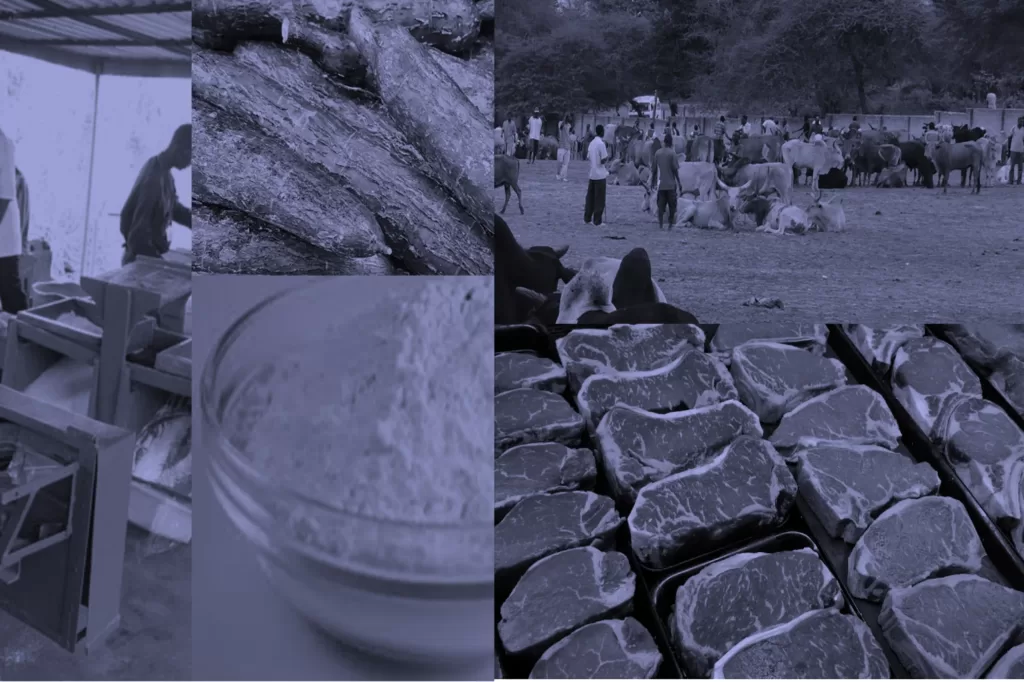DFID/NU-TEC MD seeks to spur pro-poor growth and development of climate resilient systems that will increase productivity of Northern Uganda. For this specific assignment, NU-TEC MD intended to undertake two market systems analyses for Cassava and Livestock markets respectively.
Objective
- To understand the entire value chain to gain a holistic picture of the market, spot gaps and develop feasible solutions that lead to growth and interest private sector investment.
- To identify market potential and opportunities for all-inclusive, climate smart private sector investments in the cassava and livestock markets in Northern Uganda. Though the overall goal is to benefit Northern Uganda, investments with linkages to Northern Uganda were equally considered.
- To determine the financial feasibility of at least four nationally “game-changing” business opportunities, so as to attract private-sector investment.
Approach
- Secondary data triangulation: Existing evidence was gathered around pre-defined areas of inquiry and the strength of evidence assessed within each area to guide programmatic decisions.
- Data collection from actors at different stages of value creation in select districts of Nebbi, Arua, Gulu, Omoro, Oyam, Apac and Lira.
- Large actors in both markers were visited and interviewed with the objective of: Understanding their background, business models and potential to become a significant player in an all inclusive market system; Understanding value-chain constraints and contingent government and development agencies’ initiatives; Identifying potential linkages between large actors; Understanding the level of engagement with poor people, women and youth. Districts covered included Nwoya, Nebbi, Arua, Moyo, Gulu, Kitgum, Lira, Apac, Nakasongola and Kampala.
- External stakeholder validation workshops that brought together actors at different stages of value creation, policy makers and those providing support functions. For the case of the cassava conference, some of the actors that were part of the round table session included representatives from NARO/NACRRI, Uganda Breweries, Nile Breweries, Agroways, Savannah Commodities, WENIPS, Abi ZARDI, Britania, Hot Loaf, Windwood Millers, among others. For the case of livestock key influential actors included Fresh Cuts and UMPCU. Discussions focused on how to create more inclusive investment driven value chains.
- Financial Modelling for feasibility analyses: Developed interactive Excel-VBA based financial models with contingent sensitivity analyses.
Outcome
- Aide Memoires: These documents used evidence from existing research to determine: the size of market and growth potential, presence of active and large market actors already in the market who can drive further growth of the market, general broad constraints/problems and who is trying to resolve them, donors/development programs involved in the market and nature of involvement.
- Detailed Market Systems Analyses: These derived from (1) above and involved detailed analysis of the market systems. Key focal areas included Market mapping including assessment of gross margins along the chains; Identification and prioritisation of systemic constraints; Market actors mapping, Assessment of markets against development priorities and developing interventions that created linkages among market actors and addressed systemic constraints.
- Feasibility Studies: We developed five feasibility studies that explored the viability of investing in select opportunities that tap into both potential and existing local and international markets.





